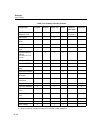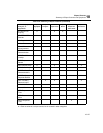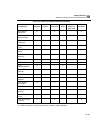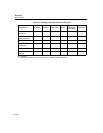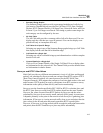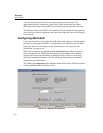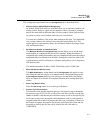
11-2
Surveyor
User’s Guide
Full decode of multimedia protocols by Multi-QoS provides users with the ability to
look at any captured packet and understand its contents. Multi-QoS validates that
the network is performing as it has been configured and helps you troubleshoot
problems. Multi-QoS provides graphic summaries of Call Jitter, Dropped Packets,
and Call Set-up Time to view network performance at-a-glance. Point-and-click on
graphs to see call tables. Click on any call to get complete call details.
Multi-QoS features are only available from Surveyor menus and toolbars when you
have the Multi-QoS plug-in module.
Protocols Supported by Multi-QoS
Multi-QoS recognizes and decodes all major VoIP protocols. Support includes the
following:
• H.323 (ITU)
The H.323 suite of protocol specifications created by ITU, including Q.931,
RAS, H.245, and T.120.
• SIP (IETF)
The suite of protocols created by IETF, including SIP, SDP, and others.
• SCCP (Cisco)
Skinny Client Control Protocol (SCCP). SCCP is the proprietary signalling and
communications protocol in Cisco’s AVVID (Architecture for Voice, Video
and Integrated Data).
Multi-QoS also recognizes and decodes all major Codec protocols used for VoIP.
Refer to Table 1-5 for a list of all protocols supported. Check the Finisar web site for
updates on additional protocol support by Multi-QoS.
Multi-QoS also organizes call information where the signaling protocol is not
recognized into tables with the protocol type of UNKNOWN.
Using Multi-QoS with Analyzer Hardware
Multi-QoS works with the complete range of analyzer devices and analyzer cards
available from Finisar, as well as NDIS-compatible NIC cards. However, it is highly
recommended that Multi-QoS be used with the THGm/THGs generation of Finisar
analyzers. These hardware tools provide the hardware buffer sizes, processor
speeds, and connectivity demanded by real-world network QoS applications.



